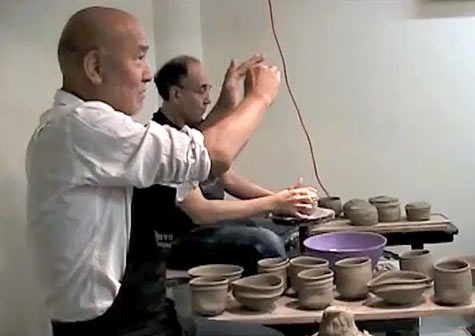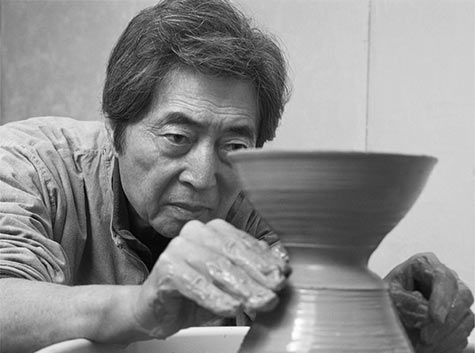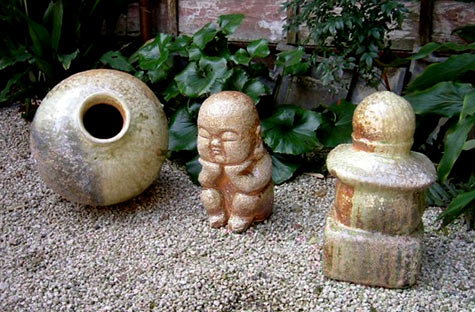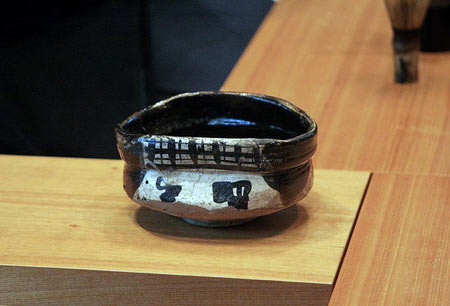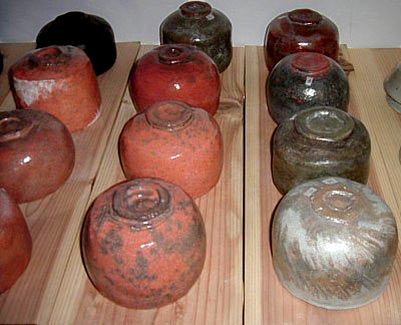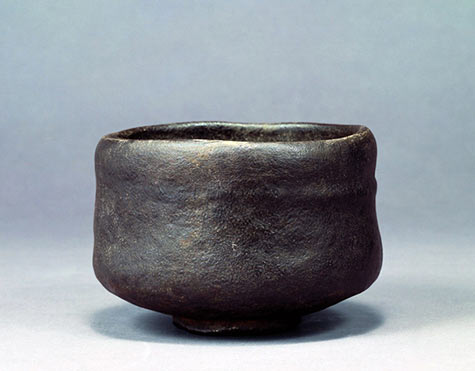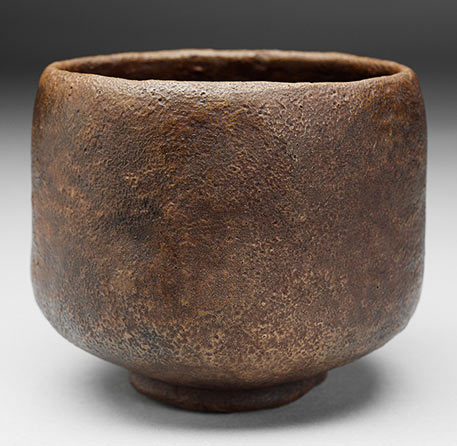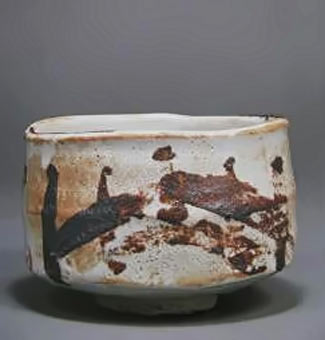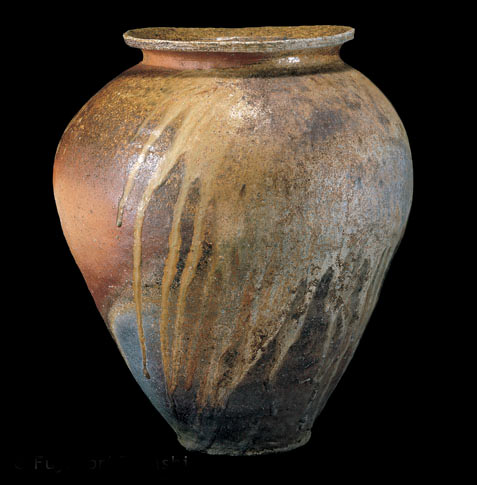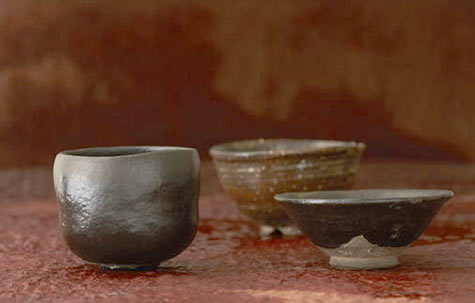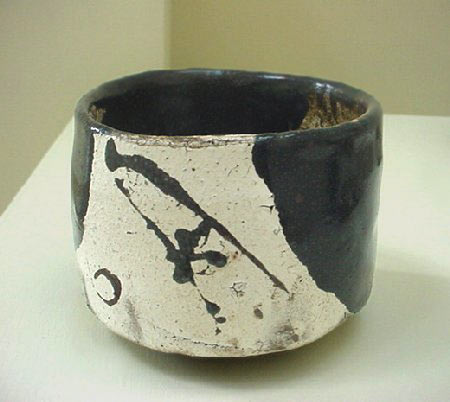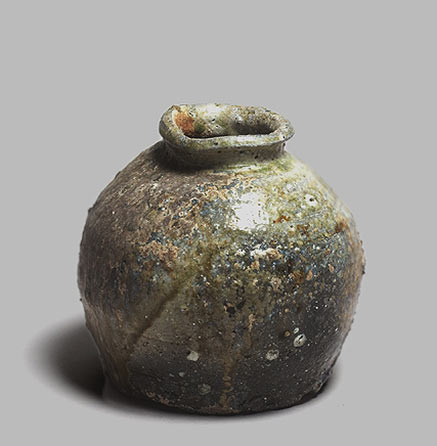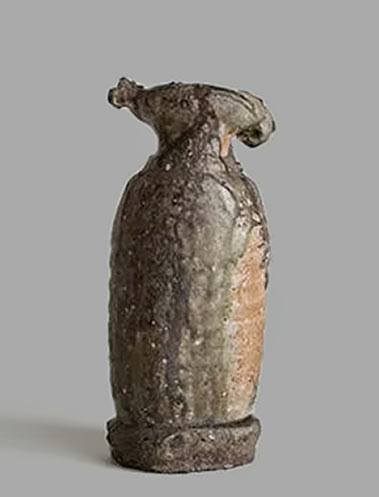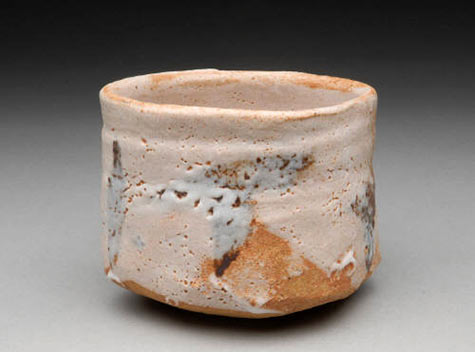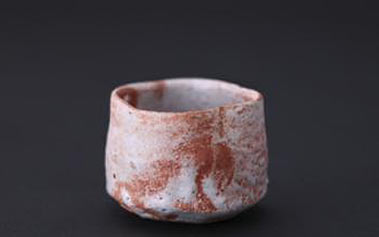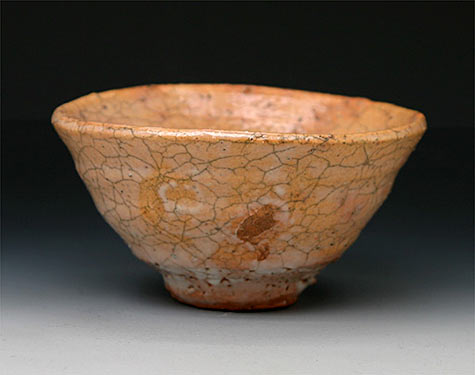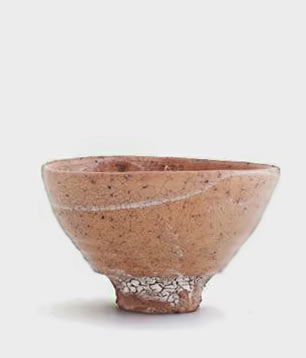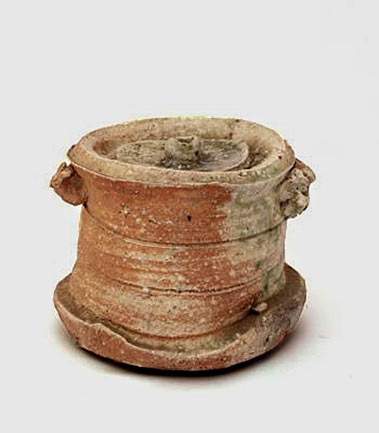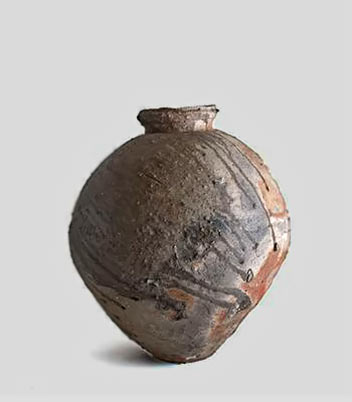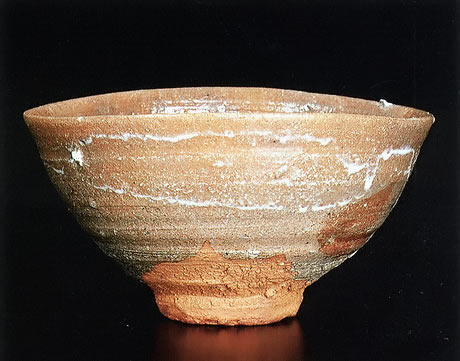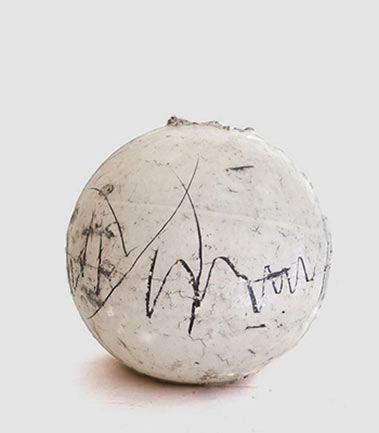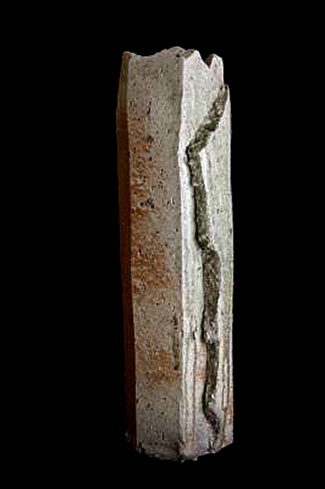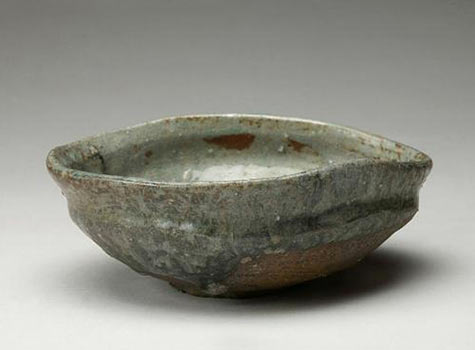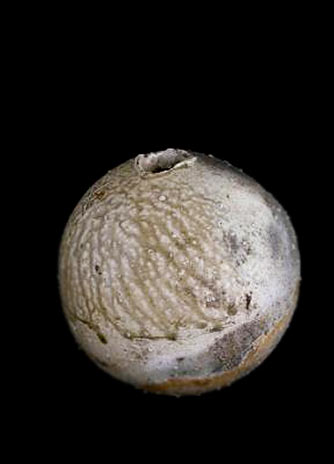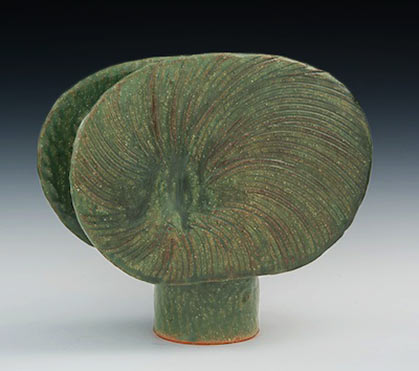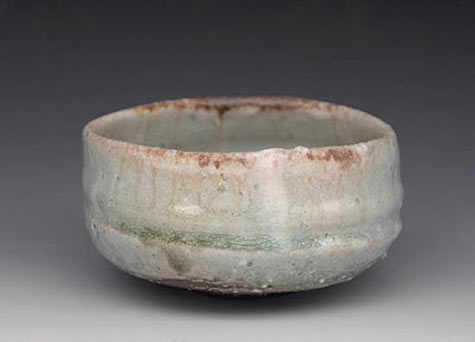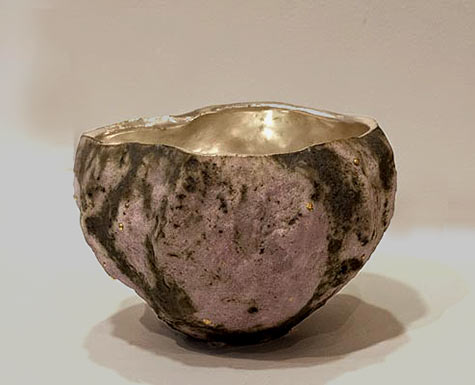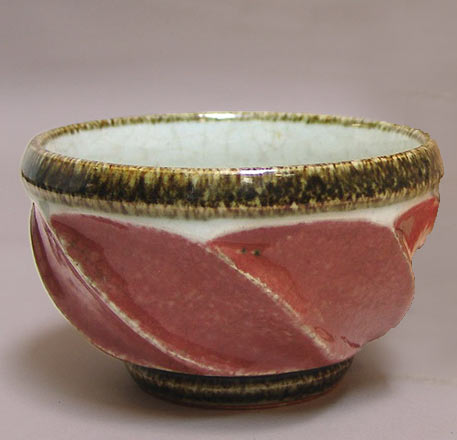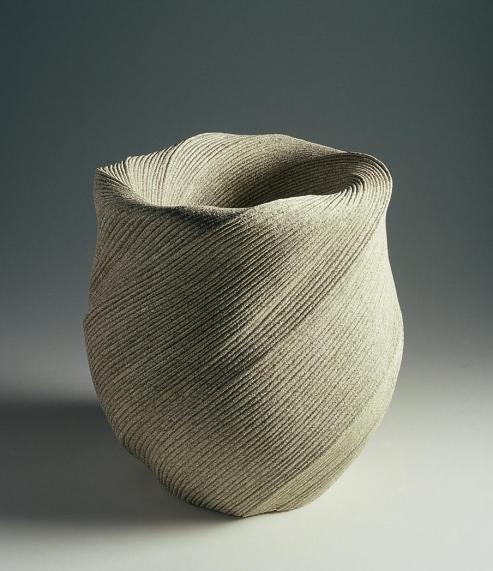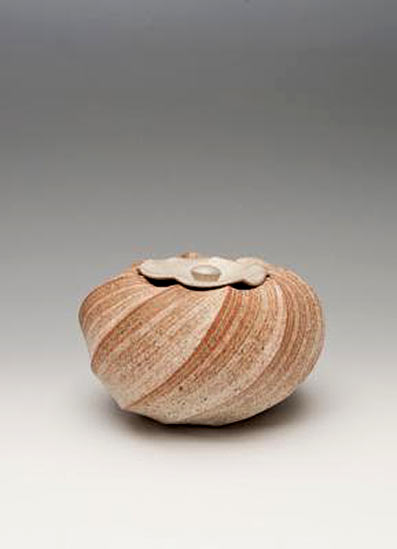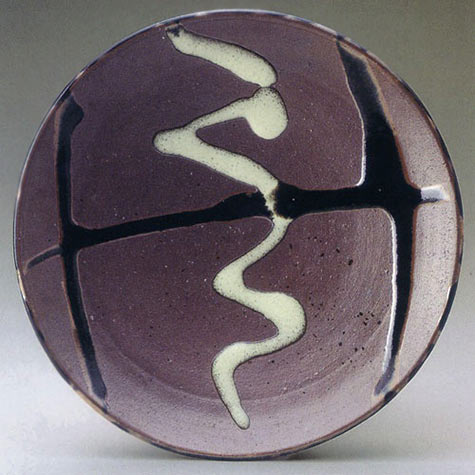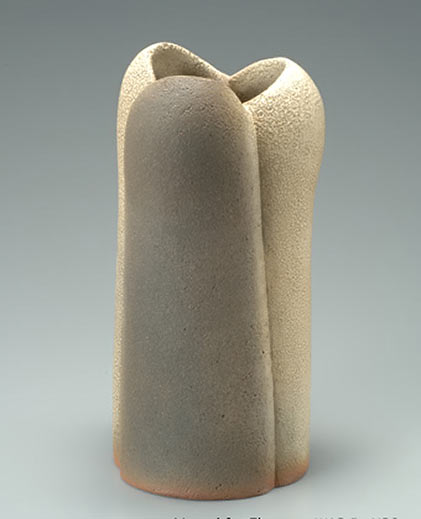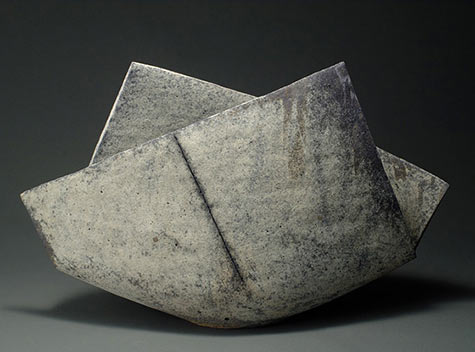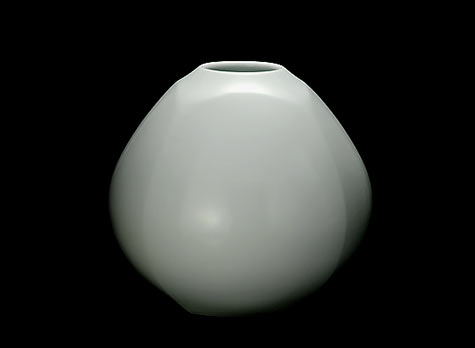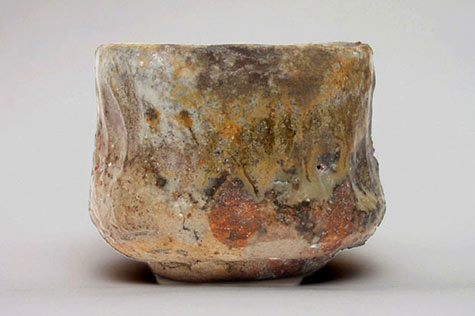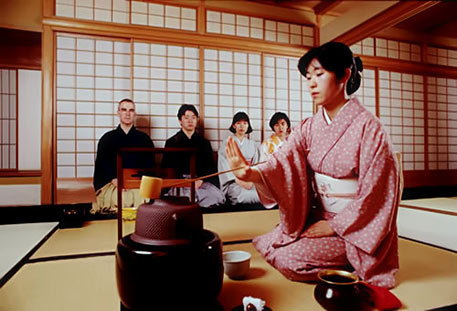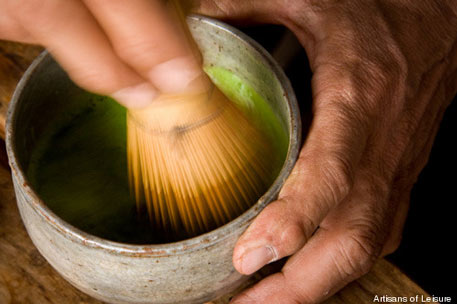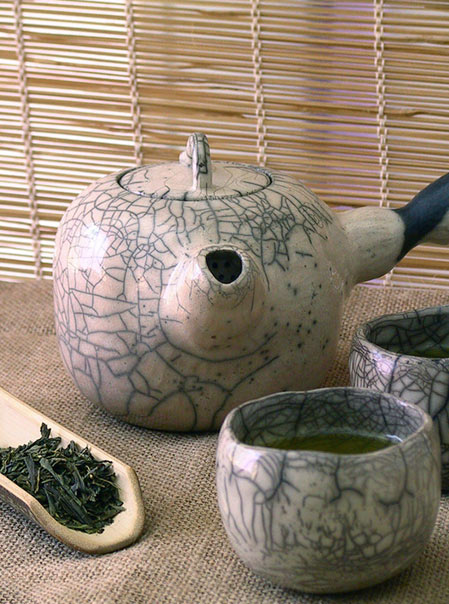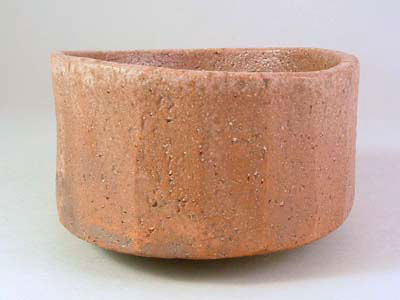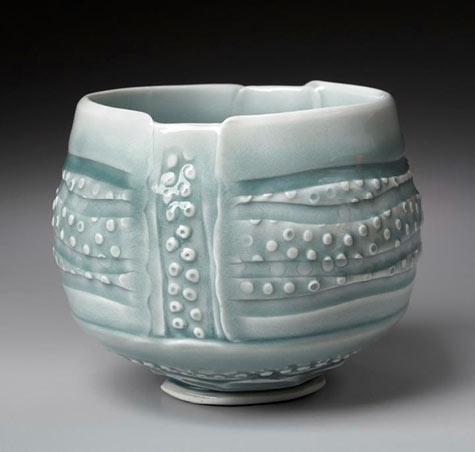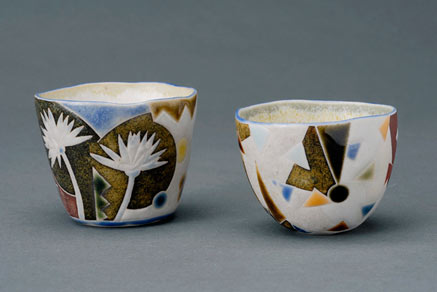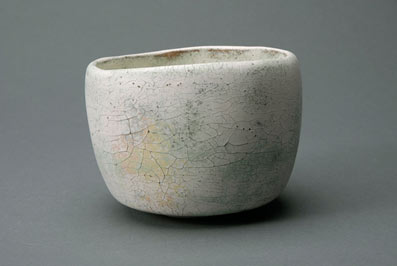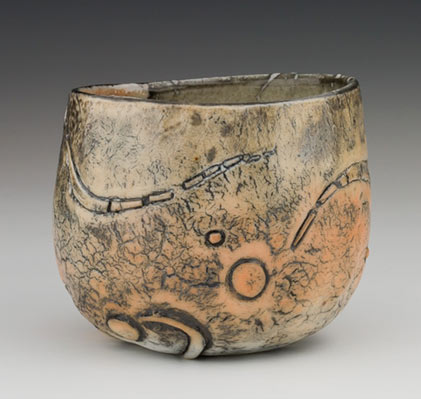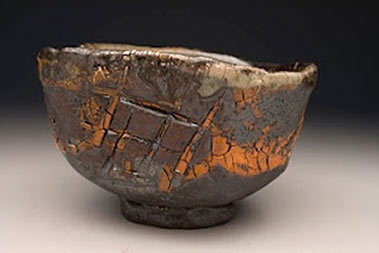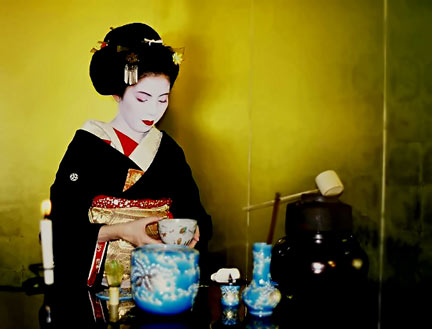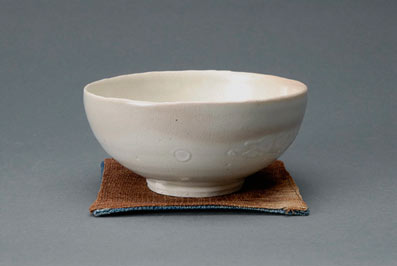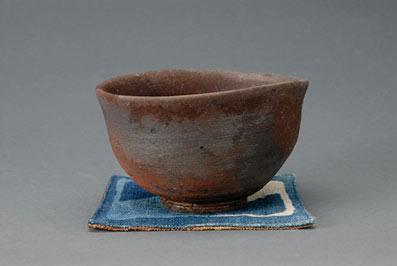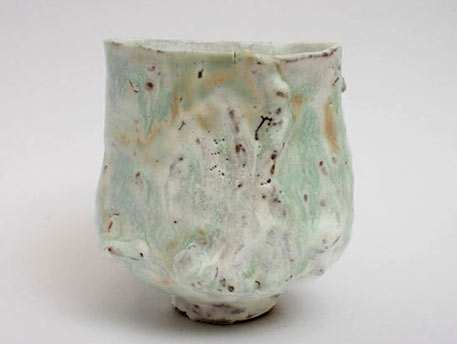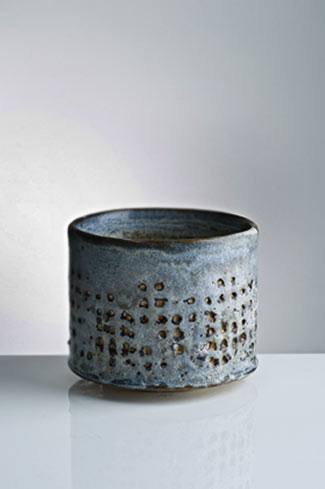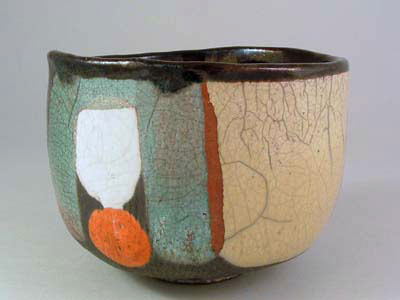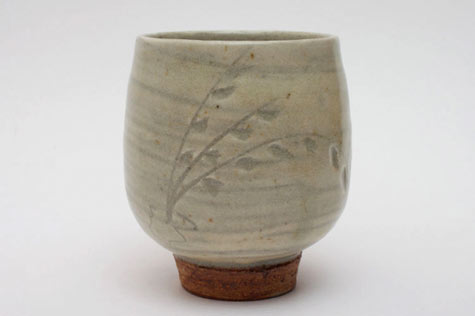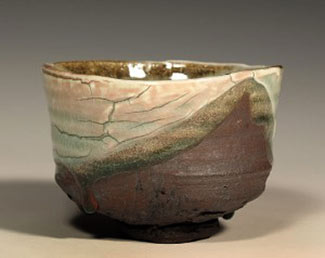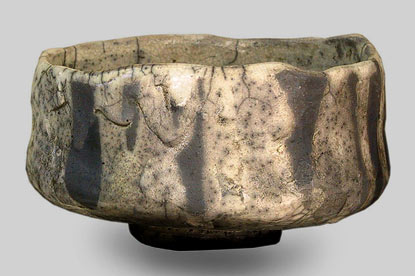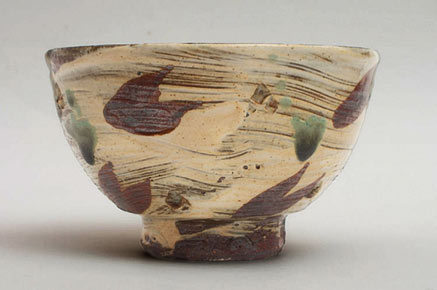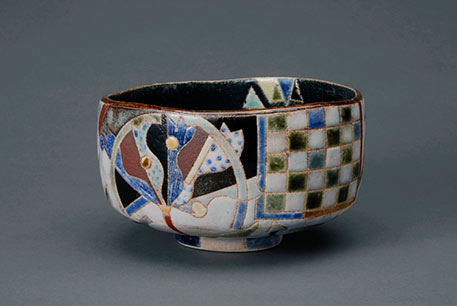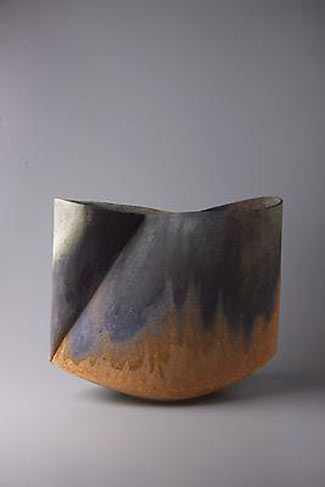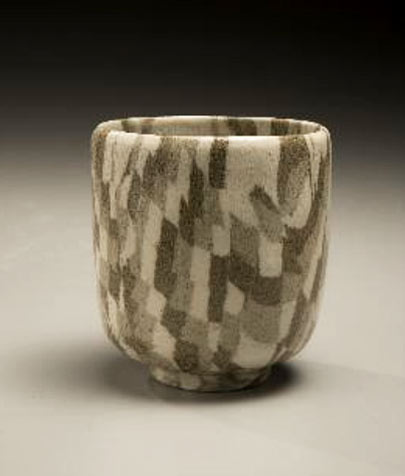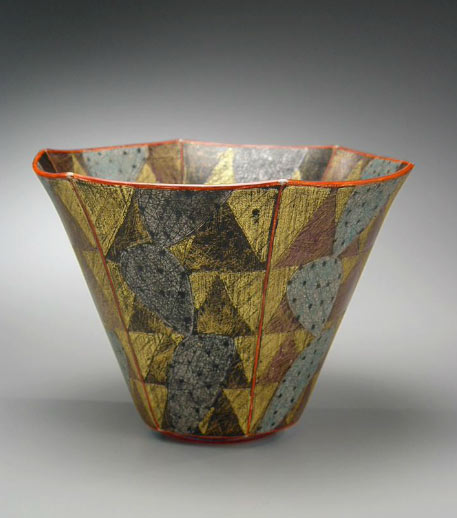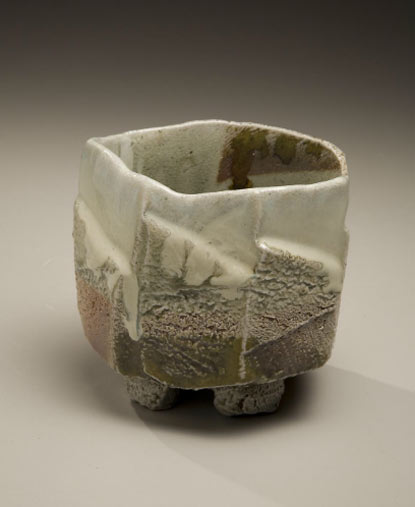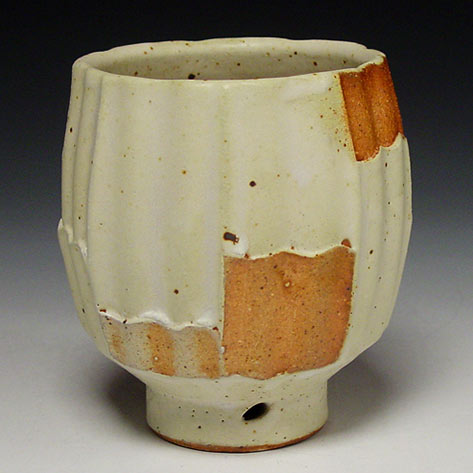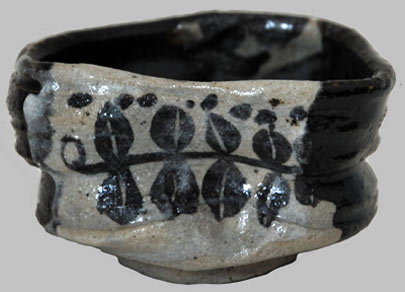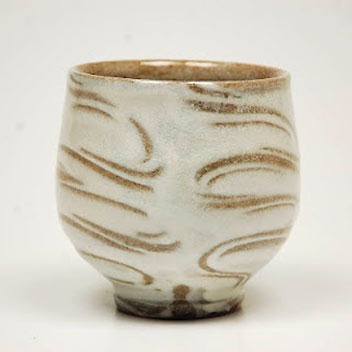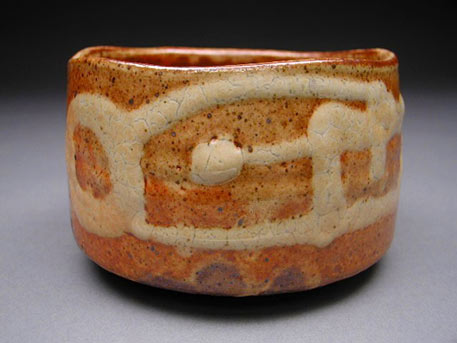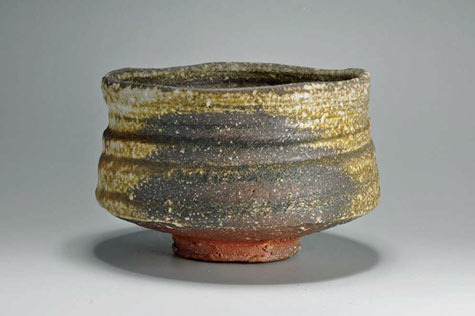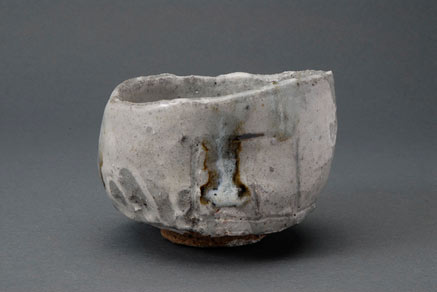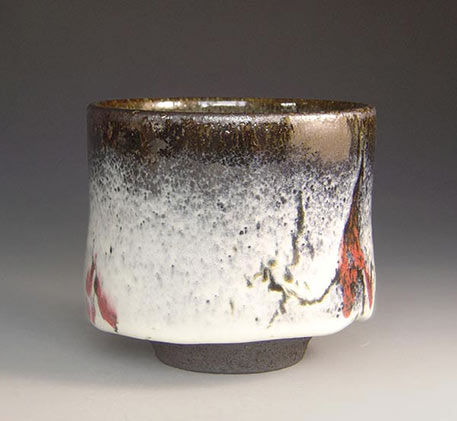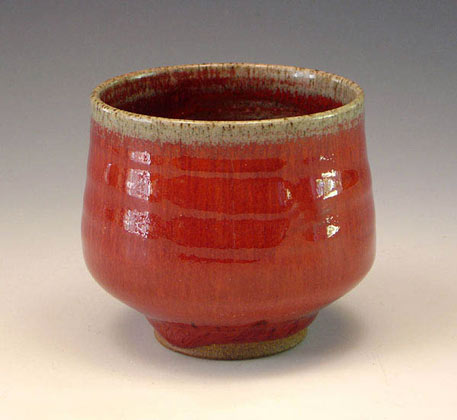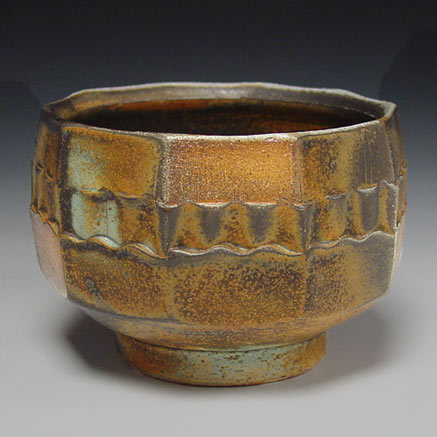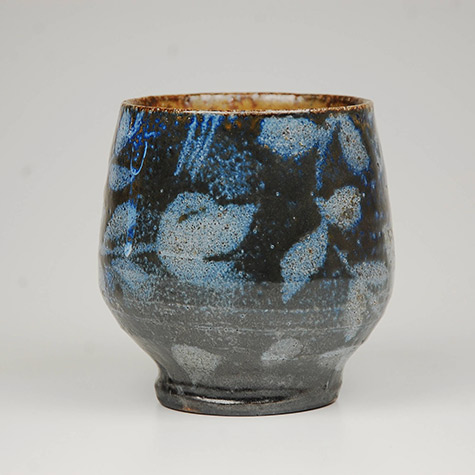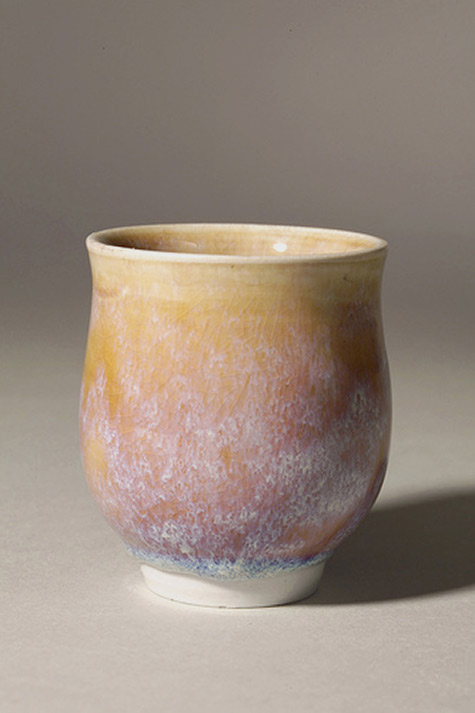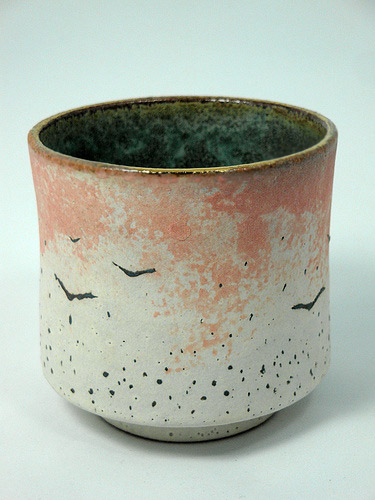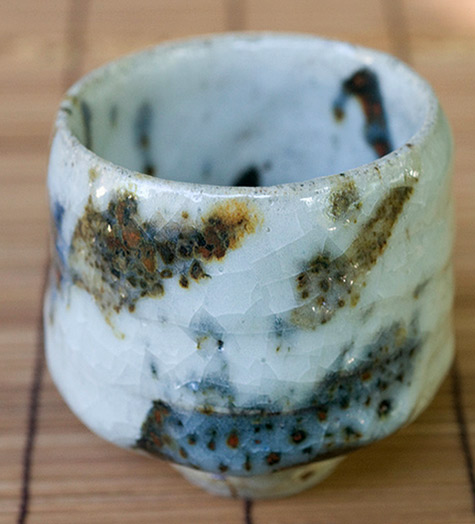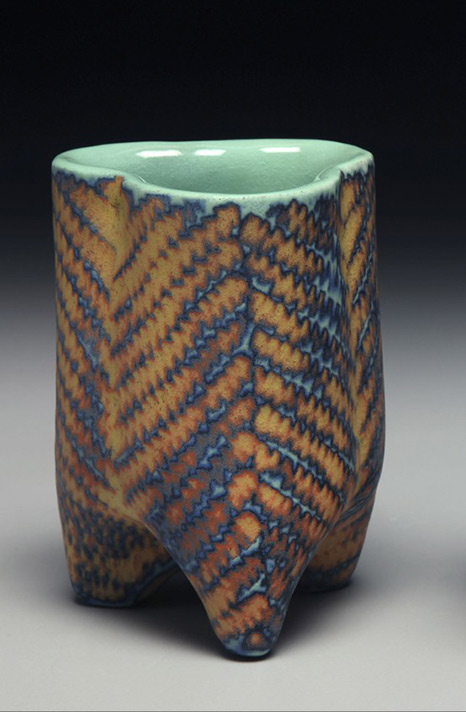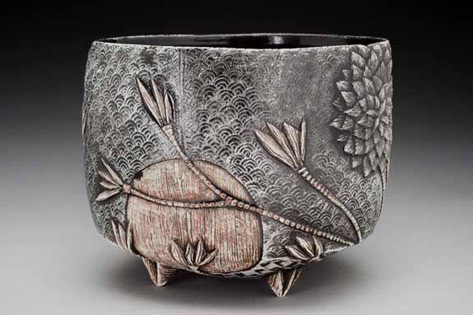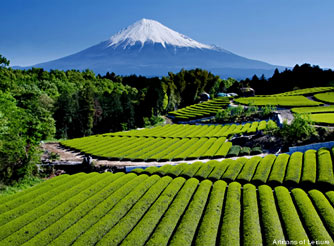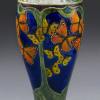When the student is ready the master appears :
Past Japanese PM, Morihiro Hosokawa left the tough political arena for another path that was possibly just as demanding. After retiring from Japanese politics in 1998, he decided to retreat to a quieter life in the countryside of Japan. The plan was to do some reading, a bit of contemplation and stop to smell the cherry blossoms. But then on a whim he decided to learn pottery. Leafing through a pottery book wondering who would be an appropriate teacher, Shiro Tsujimura caught his attention, particularly for his Shigaraki pottery. Additionally his reputaion for being a gruff and wild spiritied master supported his decision as he didn’t want favouritism from being an ex PM.
Shiro Tsujimura at The Elusive Tea Bowl Workshop
When Shiro Tsujimura was younger he considered becoming a Zen monk, and underwent formal training at Sanshoji, a Zen temple monastery, until he took up the discipline of clay at the age of 22. He was no stranger to an austere lifestyle as Morihiro discovered after he was accepted to study with him. Shiro built his house and studio in the mountains at Nara, where he lived with his wife, 3 large dogs, around 20 cats and the bats, moths and insects that visited through the generous gaps in the walls. Sometimes for meals they would roam the woods looking for wild mushrooms and Hosokawa had to adapt to no mobile phone usage and an outside toilet made entirely of wood.
Tsujimura would rise at 6am and go to his wheel and start throwing and go through to mealtime around 7 pm. Hosokawa sat next to him at another wheel each day and watched and also threw clay. His instructions were succinct. ” Chuck it ” for abandon that attempt and start again, ” you ask too many questions ” if a question was asked and “stupid man” – for some encouragement. There is a saying, ” the less a master tells you the more you learn “. While in the studio, department store and gallery people would come to visit Tsujimura, asking him if he would like to do an exhibition. It didn’t register that the 73 year old man apprentice covered in clay used to be their Prime Minister. After 18 months Morihiro Hosokawa felt he had discovered the joy of using a pottery wheel and creating works and left to work in his own studio. Morihiro Hosokawa mostly makes tea ceremony ware, using many of the different glazes that characterise each of Japan’s famous pottery districts. Hosokawa also practices the art of calligraphy.
Morihiro Hosokawa on his pottery wheel
Hosokawa Morihiro garden ceramics
Morihiro Hosokawa
Morihiro Hosokawa Raku chawan
Stoneware tea bowl raku black – Morihiro Hosokawa
Black raku stoneware – Hosokawa 2008
( Five Colleges and Historic Deerfield Museum Consortium )
Morihiro Hosokawa
Tea Bowl Morihiro Hosokawa
Shigaraki fired vessel
Morihiro Hosokawa
…
Works by Shiro Tsujimura :
Shiro’s summation of his artistic approach: “A lengthy period of study isn’t necessary to make good pieces,” “It’s not a matter of killing yourself over technique, but of the result. It’s not even whether you use a traditional wood-fire kiln or a gas kiln. That is, it’s not a matter of process, but of whether you make pieces in the image you hope for. In the end, it is the artistic goal, the spiritual aspect.”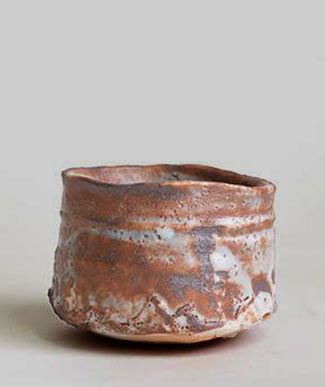
Shino tea bowl
Shiro Tshujimura tea bowl
Iga Uzukumaru jar
Flower Vase Iga Style
( Ippodo Gallery )
Tsujimura Shiro Tea Bowl
( Lacoste Gallery )
Shino Sake Cup
Sake cup Ido style
Black oribe style tea bowl
Ido tea bowl
Iga Water Jar
Karatsu tea bowl
Expressive abstract Kohiki jar
Natural ash glaze faceted vase
Tea Bowl – Shiro Tshujimura
( Lesley Kehoe Galleries )
Natural ash glaze spherical vessel
…
Other Japanese ceramics that have caught my attention lately :
Slab Molded Ikebana Vase
John Dix Chawan
( http://flyeschool.com )
Inayoshi Osamu
( http://flyeschool.com )
Modern Japanese Chawan Tea bowl – Kawai Toru
Takayuki Sakiyama
Tetsuya Ishiyama
( ippodo gallery New York )
Charger – Shoji Hamada
Ichino Masahiko
( Yufuku Gallery, Tokyo )
Mihara Ken
( Yufuku Gallery )
Maeta Akihiro porcelain faceted vase
( Yufuku Gallery )
…
Cited Sources –
www.e-yakimono.net/html/hosokawa-morihiro-jt.html
http://jmiyazawa.com/tag/shiro-tsujimura/

